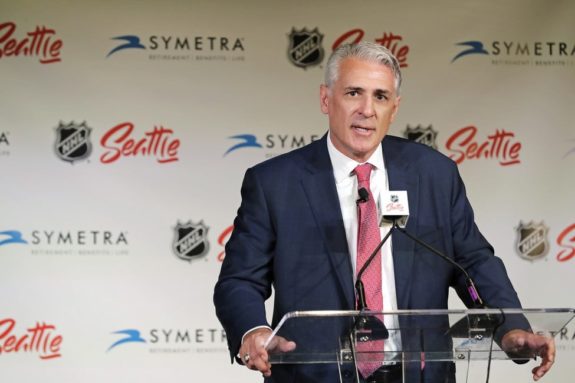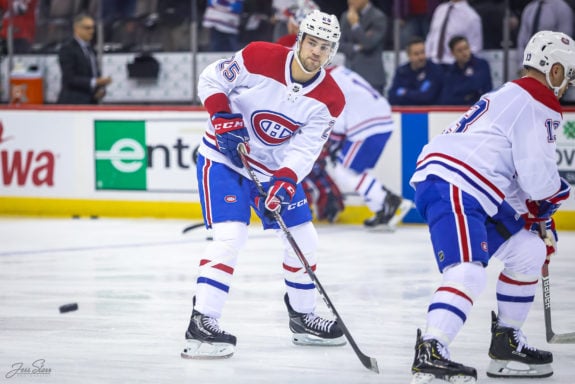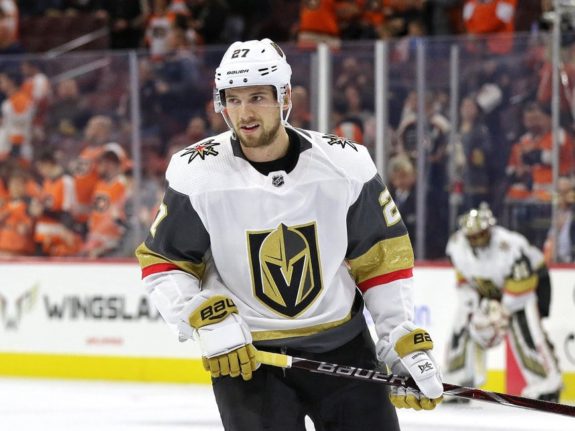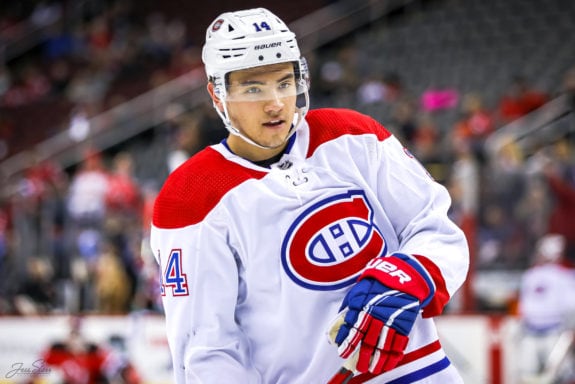The NHL is one season away from Seattle and their general manager Ron Francis stepping up to a podium and making their selections in the 2021 NHL Expansion Draft.
Related: NHL Expansion Draft Rules and Regulations
This exercise is to project and predict protections and exposures as well as to share possible expansion strategies based on the approach taken by GM Marc Bergevin with the recent 2017 Vegas Golden Knights Expansion Draft.

Note, the draft is still a full year away, and the roster can still change between now and the expansion draft. This is built as a fun exercise to distract as well as better understand the mechanisms of the draft and strategies to approach it. Also, due to the NHL being paused, now was as good a time as any to do this and distract ourselves.
Draft Rules
The 2021 NHL Expansion Draft will follow the same rules as the 2017 NHL Expansion Draft.
- Players with no-movement clauses (NMC) must be protected.
- Players with two years or less or professional experience are exempt
- Teams must expose a minimum of two forwards, two defensemen and one goaltender
Teams have two options heading into this expansion draft. The first is they can protect seven forwards, three defensemen and one goalie. Option two is they can protect eight skaters and one goalie. Option two is an option a team with four or more quality defencemen will select, just as Nashville did in 2017. The Canadiens don’t have this issue to deal with so option one is the most likely to be used.
To make this easy to follow, this fun exercise needs some basic ground rules:
- Assume expiring contracts will be renewed
- Any NMC will be honored
- Montreal’s Protection List
Here is a potential protected list that Canadiens fans can see in the summer of 2021.
Forwards:
Jonathan Drouin, Max Domi, Artturi Lehkonen, Brendan Gallagher, Tomas Tatar, Phillip Danault, and Jesperi Kotkaniemi.
Defencemen:
Shea Weber, Jeff Petry, and Ben Chiarot
Goaltender:
Carey Price (NMC)
Players exposed to Seattle for selection:
At forward:
Paul Byron, Joel Armia, Jordan Weal, Jake Evans, Lukas Vejdemo
At Defence:
Brett Kulak, Cale Fleury, Karl Alzner, Victor Mete, Noah Juulsen
In Goal:
Charlie Lindgren, Micheal McNiven
Key Exemptions:
Ryan Poehling, Nick Suzuki, Josh Brook, Cayden Primeau
The Lead Up to the Expansion Draft
As mentioned, the Canadiens will choose Option One; seven forwards, three defensemen and one goalie will be protected. Seattle, like Vegas, will likely be looking to build a roster that can compete right away to help build excitement in a new market. It’s not reasonable to expect a team capable of making the Stanley Cup Final in their first season, but it is reasonable to assume that Francis will want to build a team able to compete for a playoff position.

After seeing Vegas make multiple trades to allow rival GMs to pick who they wanted to have removed from their rosters, it is unlikely to see it again. The cost to have the expansion draft considerations were high in many cases. Columbus Blue Jackets traded a first and second-round pick as well as a salary cap dump, Minnesota traded away a top prospect in Alex Tuch, Anaheim Ducks traded Shea Theodore, the list goes on. NHL GMs have learned their lesson and will be less likely to trade with Seattle prior to the draft. Bergevin didn’t make a deal with the Vegas Golden Knights and is unlikely to make one with Seattle.

Because of the youth movement that began after the disastrous 2017-18 season, Bergevin is likely to protect his key veterans such as Weber, Gallagher, Danault and Price. These veterans form his leadership core to mentor the youth and remain competitive.
Expansion Draft Strategy
In the last expansion draft, the Canadiens lost Alexei Emelin to Vegas. This time, the Canadiens will need to prepare to possibly lose a younger, more impactful player. Montreal has a lot of promising youth slowly coming up the ranks who are poised to join or already are with the Canadiens such as Poehling, Suzuki, Fleury, Cole Caufield and Alexander Romanov. So losing a player from a retooling team isn’t detrimental to the future goals, but is a lost asset.

On the list compiled above, players like Juulsen and Fleury will be exposed. In Juulsen’s case, he is unlikely to be selected. Despite his pedigree and skill, he has dealt with serious injuries that have robbed him of almost an entire season. That will likely cause Francis to be wary of picking him.
In Fleury’s case, he will be an attractive asset to any GM. In this case, the gamble is that Francis will be looking to build an immediate playoff team and a young defenceman that hasn’t established himself yet is likely not what he would select. The prize Bergevin would hope Francis selects is one of the veteran forwards or defencemen.
Related: 2014 NHL Draft Top 10 – Where Are They Now?
On defence, players such as Kulak or Mete could be attractive to a team looking to add defensive depth. Both are highly mobile and can get pucks up ice in transition while playing in lower pairings, also, both should still be on affordable deals. Yet, neither hold the value seen in the exposed forward group.
Leaving veteran forwards such as Byron and Armia exposed is a calculated bet as only one could be selected and that the loss can be filled from within or via the unrestricted free agency (UFA) pool. Both play important roles for the Habs and do so on reasonable contracts, two reasons Francis could select them.

More importantly, Bergevin must not allow his UFAs such as Gallagher, Danault and Petry to go unsigned prior to the expansion draft. He did so in 2017 and ended up losing Alexander Radulov and Andrei Markov. A scenario that created the necessity to begin a rebuild. In this case, it’s highly likely the Canadiens will lose one of Byron or Armia. While losing one of them would be painful, it would not cripple the team and as mentioned, they could be replaced if Bergevin has a plan to approach call-ups and UFAs.